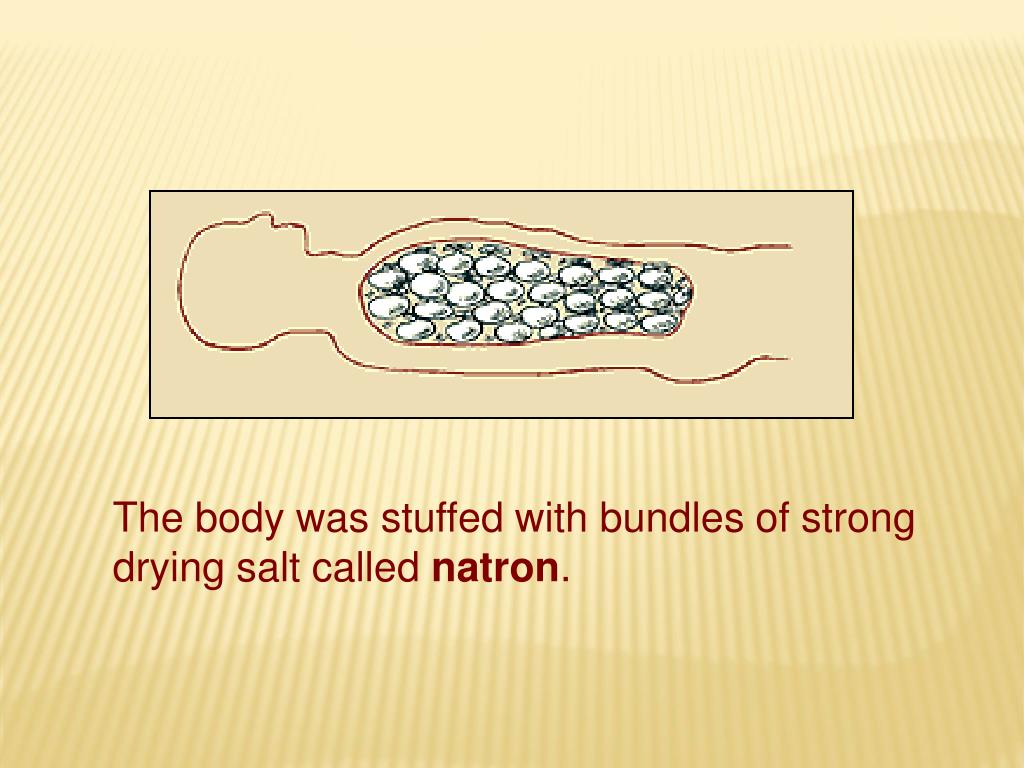

This way, we believe that the power of the gods will protect us and stop the scorpions from entering.Īs you may know, the Pharaohs are our kings. These creatures can be a great danger in Egypt, so many of us keep special amulets-small statues of scorpions-in our homes. Sadly, Mosi was very young when he was stung and killed by a scorpion whilst playing outside. 80 No.Today, I am performing a most important task, for I have been entrusted with mummifying the body of Mosi, the Pharaoh’s son. Journal of Biological Research - Bollettino della Società Italiana di Biologia Sperimentale: Vol. tuberculosis complex DNA in Egyptian mummiesĮpidemiological analysis of tomb complexes from the necropolis of Thebes-West Preservation and identification of ancient M.

Histological investigation of a bone core biopsy of the Tyrolean Iceman 1 (2005): V World Congress on Mummy Studies - Turin, Italy, 2nd-5th September 2004 Histological and biochemical evidence for an intravital stab wound on Ötzi´s right hand We suggest that empiric observations led the ancient Egyptians to realize the functional advantages of natron over sea salt, leading to optimal conservation of cadavers. Histological tissue preservation was better in the natron sample. The heart in natron dehydrated more rapidly than the heart in salt. The total weight of the two samples differed significantly during the period of observation, but was most obvious during the first 5 weeks. One was embedded in natron, the other in sea salt up to 69 days at 37☌ using Egyptian mummification procedures. In order to contrast the effect of natron and salt in artificial mummification, we compared two pig hearts of similar size. However, it still remains unclear why the ancient Egyptians used specific dehydration substances, such as natron, and not other comparable ones, such as sea salt (widely used for conserving foodstuffs). The high standard of artificial mummification in ancient Egypt seems to result from a long period of empiric assessment.


 0 kommentar(er)
0 kommentar(er)
